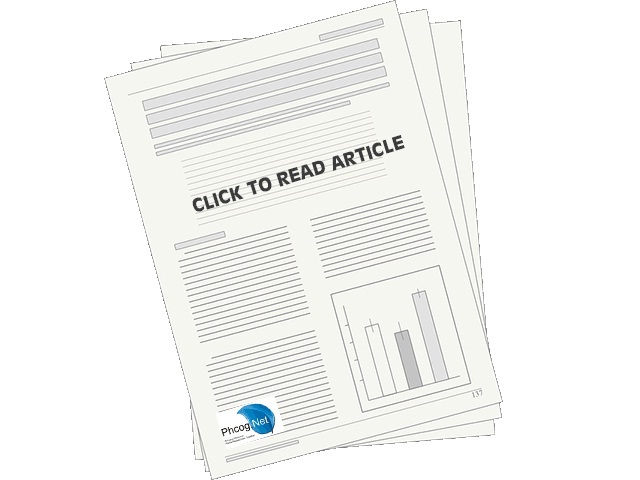Cord Blood Oxidant and Antioxidant Profiles in Term Nigerian Newborns with Perinatal Asphyxia
DOI:
https://doi.org/10.5530/fra.2025.1.5Keywords:
Asphyxia, Antioxidants, Free radicals, Hypoxic-ischaemic encephalopathy, Oxidative stressAbstract
Background: Perinatal Asphyxia (PA) often leads to the generation of free radicals and oxidants which affect the newborns antioxidant status. Little is known about the oxidant and antioxidant status of babies with various severity of asphyxia in developing countries with huge burden of the disease, hence the aim of this study. Materials and Methods: Babies delivered at term at the Wesley Guild Hospital, Ilesa, Nigeria were consecutively recruited into a comparative cross-sectional study design over a nine-month period. Those with 5-min Apgar score <7 were classified as PA, while the comparative group had Apgar score ≥7. 5 mL of cord blood from the babies were analysed for Total Oxidants (TOS) and Antioxidants Status (TAS) and their components using Liquid Chromatography. (Water Incorporate, California, U.S.A) Data obtained were analysed using SPSS version 21. Results: 84 babies were recruited for each group with male preponderance 1.2:1. Sixty-one (72.6%) of the PA group had moderate (score 4-6); 23 (27.4%) had severe (score ≤3) PA, and 66 (78.6%) had features of Hypoxic Ischaemic Encephalopathy (HIE). The cord blood TOS [0.4 (0.2-5.7) vs. 0.1(0.02-0.4) ng/dL; p<0.001] was higher in PA group. Conversely, cord blood TAS [114.2 (97.7-137.9) vs. 249.9 (111.8-340.6) ng/dL; p<0.001] was lower in the babies with PA. However, TOS and TAS were not related to the severity of PA and HIE. Conclusion: Increased oxidative stress was demonstrated in term babies with PA, which was not associated with severity. Cord blood TOS and TAS may be good biomarkers of PA in term Nigerian babies.
Downloads
Metrics





